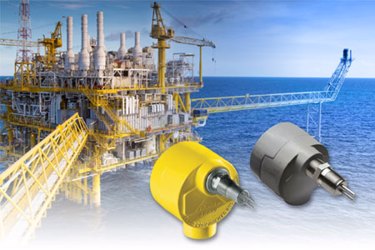Offshore Platform Fire Safety Sprinkler System Depends On Liquid Flow Assurance Switch
By Richard Koeken, Fluid Components International (FCI)

Offshore platforms around the globe are essential to the production of oil/gas and the global energy supply chain, but they represent a daily hazardous operating environment to the employees that work there 24-x-7. The potential dangers range from a mix of toxic and combustible gases, including, but not limited to, deadly hydrogen sulfide (H2S) to explosive methane (CH4), and other mixed hydrocarbon gases that are easily flammable.
For these reasons, offshore platform work environments are governed by a web of complex international health and safety standards that always include requirements for gas and flame detectors, as well as automated fire sprinkler systems that rely on seawater to douse flames before they are out of control. Serious accidents due to fire have occurred far from shore on oil/gas platforms with disastrous results that include the tragic loss of life, catastrophic damage to equipment and severe pollution of the fragile marine environment.
Get unlimited access to:
Enter your credentials below to log in. Not yet a member of Water Online? Subscribe today.
